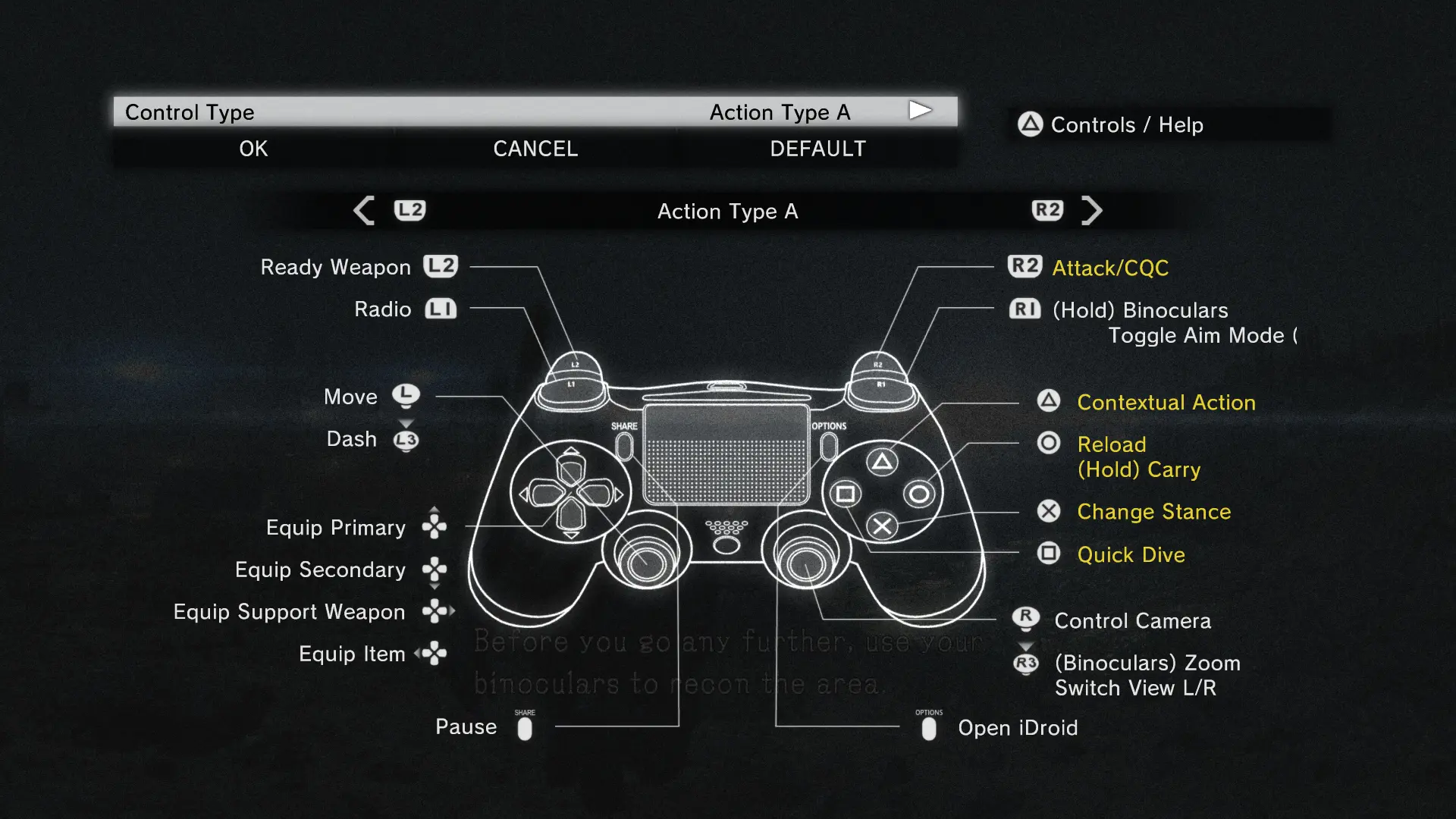
Operation Seelöwe ( Sea-lion) – plans to invade Britain (lions being prominent in the coat of arms of the United Kingdom).

A counter-system was quickly created which made Wotan useless. Jones, a British scientist working for Air Intelligence of the British Air Ministry and SIS inferred that the device used a single beam and from that determined, correctly, how it must work. Knowing that the god Wotan had only one eye, R.
Wotan – an aerial bombing navigation system. Heimdall (a god whose power was "to see for a hundred miles") – long-range radar. Samland – The United States (from Uncle Sam), employed by the Abwehr. 
Golfplatz (German for "golf course") – Britain, employed by the Abwehr.
#War thunder controller pc code
Information from original files held at The National Archives (formerly The Public Record Office) which hold the publicly available records of central government for the UKĮwen Montagu, a British Naval intelligence officer, discloses in Beyond Top Secret Ultra that during World War II, Nazi Germany habitually used ad hoc code names as nicknames which often openly revealed or strongly hinted at their content or function. Abbreviations, Acronyms, Codewords, Terms Appearing in WW II Histories and Documents. Army in World War II – Washington Command Post: The Operations Division  Reference: Glossary of Names from U.S. Joseph Stalin, whose last name means "man of steel", was given the name "GLYPTIC", meaning "an image carved out of stone". Those for the major conference meetings had a partial naming sequence referring to devices or instruments which had a number as part of their meaning, e.g., the third meeting was "TRIDENT". Judicious selection from the available allocation could result in clever meanings and result in an aptronym or backronym, although policy was to select words that had no obviously deducible connection with what they were supposed to be concealing. Words became available for re-use after six months and unused allocations could be reassigned at discretion and according to need. Random lists of names were issued to users in alphabetical blocks of ten words and were selected as required. This procedure was coordinated with the United States when America entered the war. In the British case names were administered and controlled by the Inter Services Security Board (ISSB) staffed by the War Office. Another reason for the use of names and phrases in the military is that they transmit with a lower level of cumulative errors over a walkie-talkie or radio link than actual names.ĭuring World War I, names common to the Allies referring to nations, cities, geographical features, military units, military operations, diplomatic meetings, places, and individual persons were agreed upon, adapting pre-war naming procedures in use by the governments concerned. They may also be used in industrial counter-espionage to protect secret projects and the like from business rivals, or to give names to projects whose marketing name has not yet been determined. Code names are often used for military purposes, or in espionage. JSTOR ( November 2009) ( Learn how and when to remove this template message)Ī code name, codename, call sign or cryptonym is a code word or name used, sometimes clandestinely, to refer to another name, word, project, or person.
Reference: Glossary of Names from U.S. Joseph Stalin, whose last name means "man of steel", was given the name "GLYPTIC", meaning "an image carved out of stone". Those for the major conference meetings had a partial naming sequence referring to devices or instruments which had a number as part of their meaning, e.g., the third meeting was "TRIDENT". Judicious selection from the available allocation could result in clever meanings and result in an aptronym or backronym, although policy was to select words that had no obviously deducible connection with what they were supposed to be concealing. Words became available for re-use after six months and unused allocations could be reassigned at discretion and according to need. Random lists of names were issued to users in alphabetical blocks of ten words and were selected as required. This procedure was coordinated with the United States when America entered the war. In the British case names were administered and controlled by the Inter Services Security Board (ISSB) staffed by the War Office. Another reason for the use of names and phrases in the military is that they transmit with a lower level of cumulative errors over a walkie-talkie or radio link than actual names.ĭuring World War I, names common to the Allies referring to nations, cities, geographical features, military units, military operations, diplomatic meetings, places, and individual persons were agreed upon, adapting pre-war naming procedures in use by the governments concerned. They may also be used in industrial counter-espionage to protect secret projects and the like from business rivals, or to give names to projects whose marketing name has not yet been determined. Code names are often used for military purposes, or in espionage. JSTOR ( November 2009) ( Learn how and when to remove this template message)Ī code name, codename, call sign or cryptonym is a code word or name used, sometimes clandestinely, to refer to another name, word, project, or person. 
Unsourced material may be challenged and removed. Please help improve this article by adding citations to reliable sources. This article needs additional citations for verification.








 0 kommentar(er)
0 kommentar(er)
